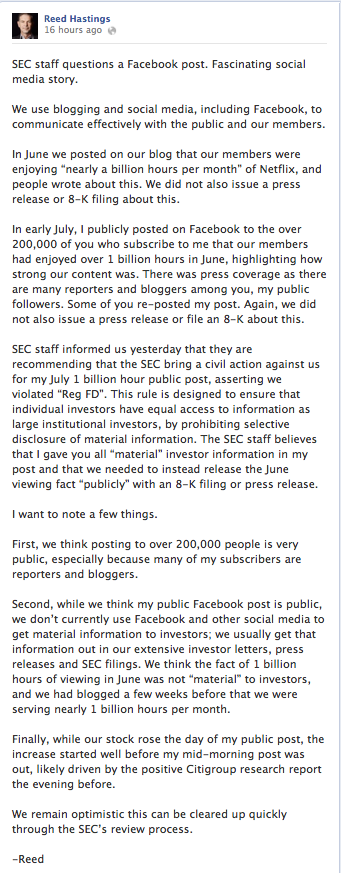Facebook has more than 1 billion users worldwide. Twitter processes more than 340 million tweets per day. What is the liability for your company? Are you liable for postings made from employees’ own devices? Can you legally access your employees’ social media sites or base hiring and firing decisions on them?
“Social Media in the Workplace: Litigation Risks and Insurance Coverage” — a RIMS 2013 session — covered these critical issues. Presenting on the topic were:
- Karen Bachman, director, risk management and privacy for Shire Pharmaceuticals
- Max Perkins, underwriter, specialty lines for Beazley Group
- Joann Lytle, partner, McCarter & English, LLP
- marketing
- customer service
- market research
- hiring
But what are the concerns?
- Privacy “What if someone makes a mistake and mentions a patient’s health history,” asked Perkins. “How is your HR team using social media? Are they able to do that legally?”
- The speed and ease of communication lead people to make impulsive, ill-considered comments
- Permanent record
But alas, as the speakers pointed out, there are resources available to organizations that wish to manage the risks of social media? They can:
- Draft a social media use policy
- Require employee training
- Monitor social media use
- Purchase insurance “It’s not all there right now, it’s still developing,” said Perkins.
- Take full responsibility — in social media, it’s impossible to run and hide
- Make no excuses — stick to clarifying an incident — stick with real data
- Respond immediately
- Do not get into an ongoing conversation with other posters — you’re just going to get deeper and deeper into trouble with no way to dig yourself out
We only need to look at LinkedIn’s Top 5 Corporate Twitter Disasters of 2012 to understand how a simple mistake or an irate employee can cause a media nightmare.Companies can establish a framework to manage risk these risks, however. Aside from monitoring and training, companies can purchase media content liability coverage, including:
- Defamation, libel, slander, infringement of copyright
- Infringement of domain name, trademark, trade name, trade dress
- Plagiarism, piracy, misappropriation of ideas under an implied contract
- Invasion or interference with an individual’s right to privacy
“One thing to think about is where your culture is within the organization,” said Perkins. “Do you have a cultural awareness of what social media is?”





